What is a Muscle and How do they work?
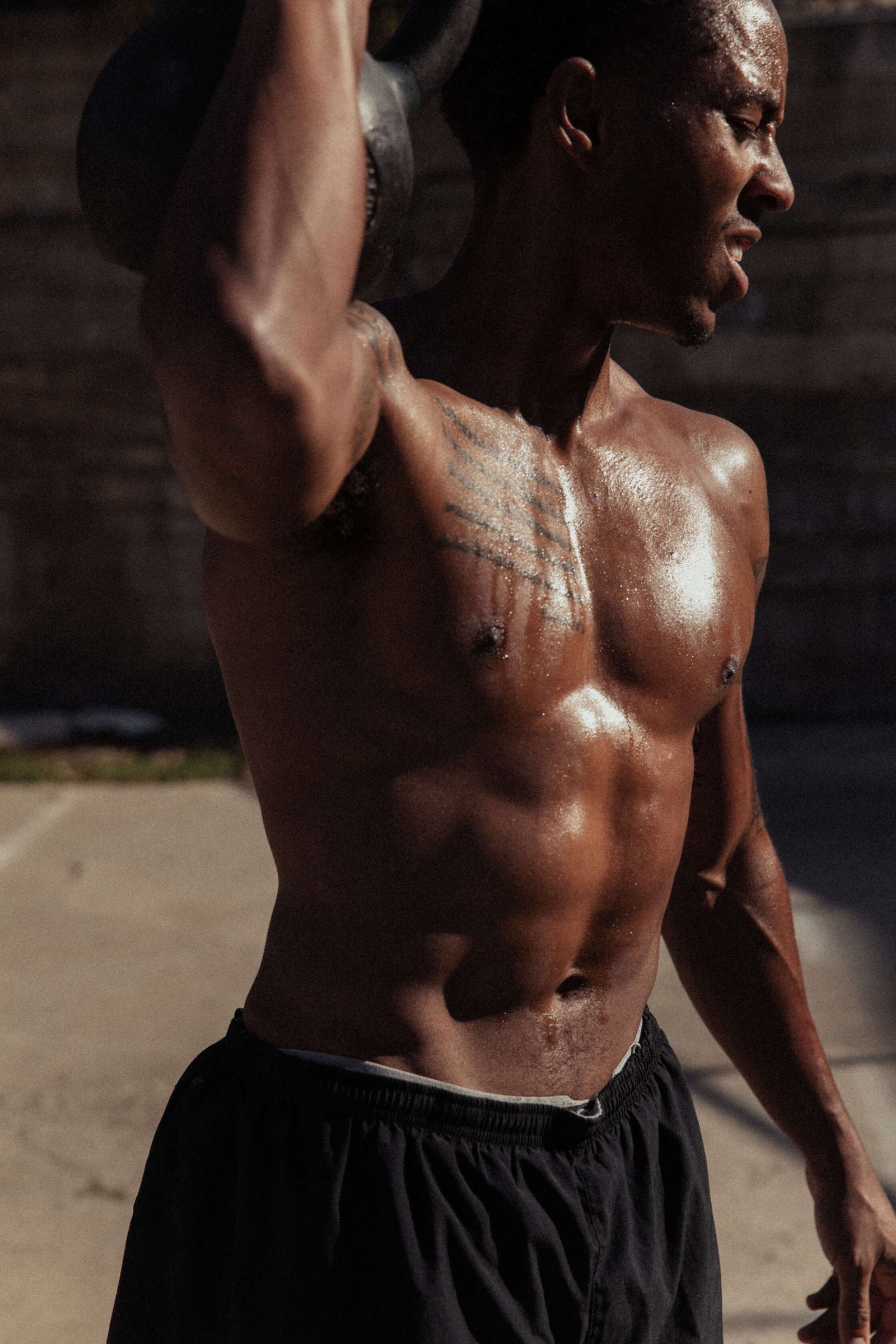
For many of us, the main goal of working out is to build muscle. But what actually occurs for the size of your biceps or personal deadlift record to increase?
In this series, we are going to walk through the entire process starting with the basics - what is a muscle and how do they work?
The Basics
Three Types of Muscle:
- Smooth: Found in all your hollow, visceral organs, like your stomach, airways, and blood vessels.
- Cardiac: You guessed it, the muscle tissue that comprises your heart.
- Skeletal Muscle: attached to bones by tendons, and produce all the movements of body parts in relation to each other. Unlike smooth muscle and cardiac muscle, skeletal muscle is under voluntary control.
To understand the action of contraction, let’s break down the anatomy of a muscle fiber.
Skeletal muscles are made up of string-like bundles of muscle fibers. These fibers contain thousands of parallel-aligned chains of myofibrils. Each myofibril is divided lengthwise into segments called sarcomeres. A sarcomere is composed of both thin filaments, which are typically made up of two light and twisted actin strands, and thick filaments, which are made up of bulkier myosin strands. At either end of each sarcomere, there is the z-line, which is a boundary created by alternating thin filaments and marks the sides of each sarcomere.

How Do Muscles Move?
A muscular contraction is essentially about bringing those z-lines closer together.
When you want to move a muscle, your cerebral cortex sends a signal via the motor neuron channel - exciting a muscle cell. This triggers a process called excitation-contraction coupling, where myosin repeatedly binds to actin and in a Powerstroke motion moves along the actin filaments - shortening the distance between the Z-lines. This is happening across the entire muscle fiber at once and in synchronicity, resulting in your muscles contracting, pulling on a tendon that is attached to a bone - allowing movement.
Now that you understand the basics of what a muscle is and how it works, let's get into what is occurring to muscle during and after exercise.
READ NOW
-------------------------------------------
We understand that for some, this might have been too simple of an explanation and doesn't explain the beautiful process of muscular contraction. To others who might only remember the function of mitochondria from the entirety of high school biology - too complex. To make all of the After Bar community happy, you can find a full crash course on muscles here.








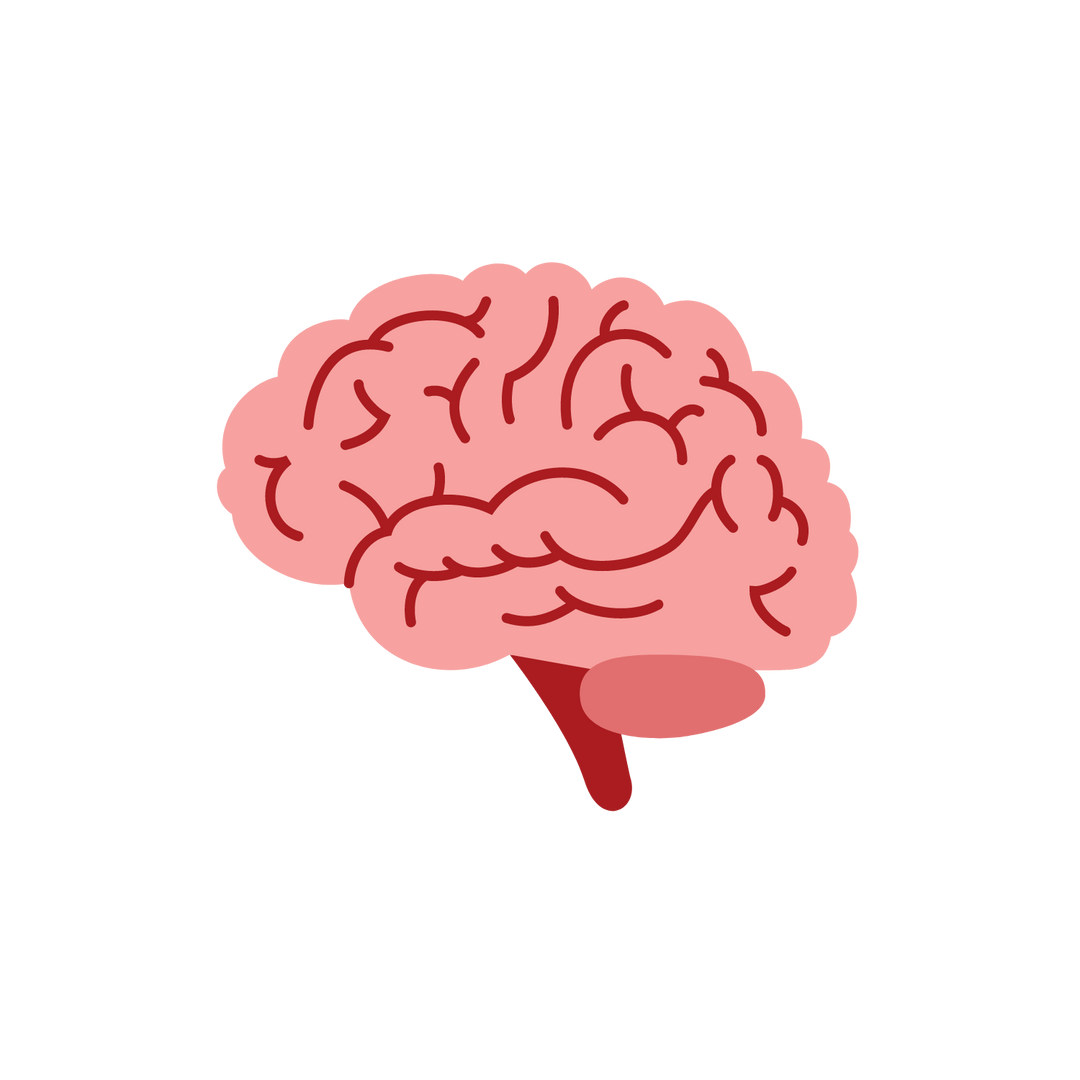


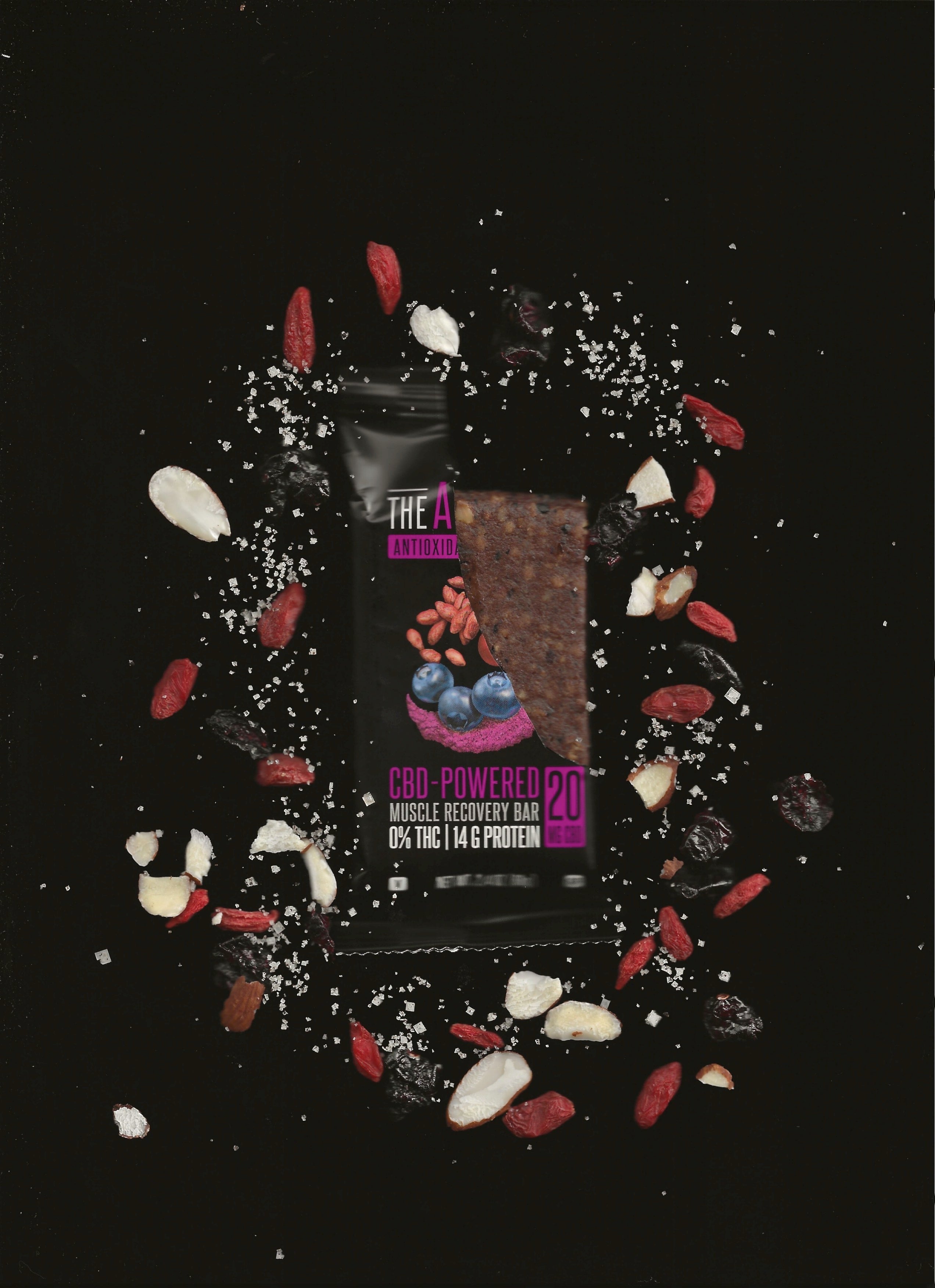


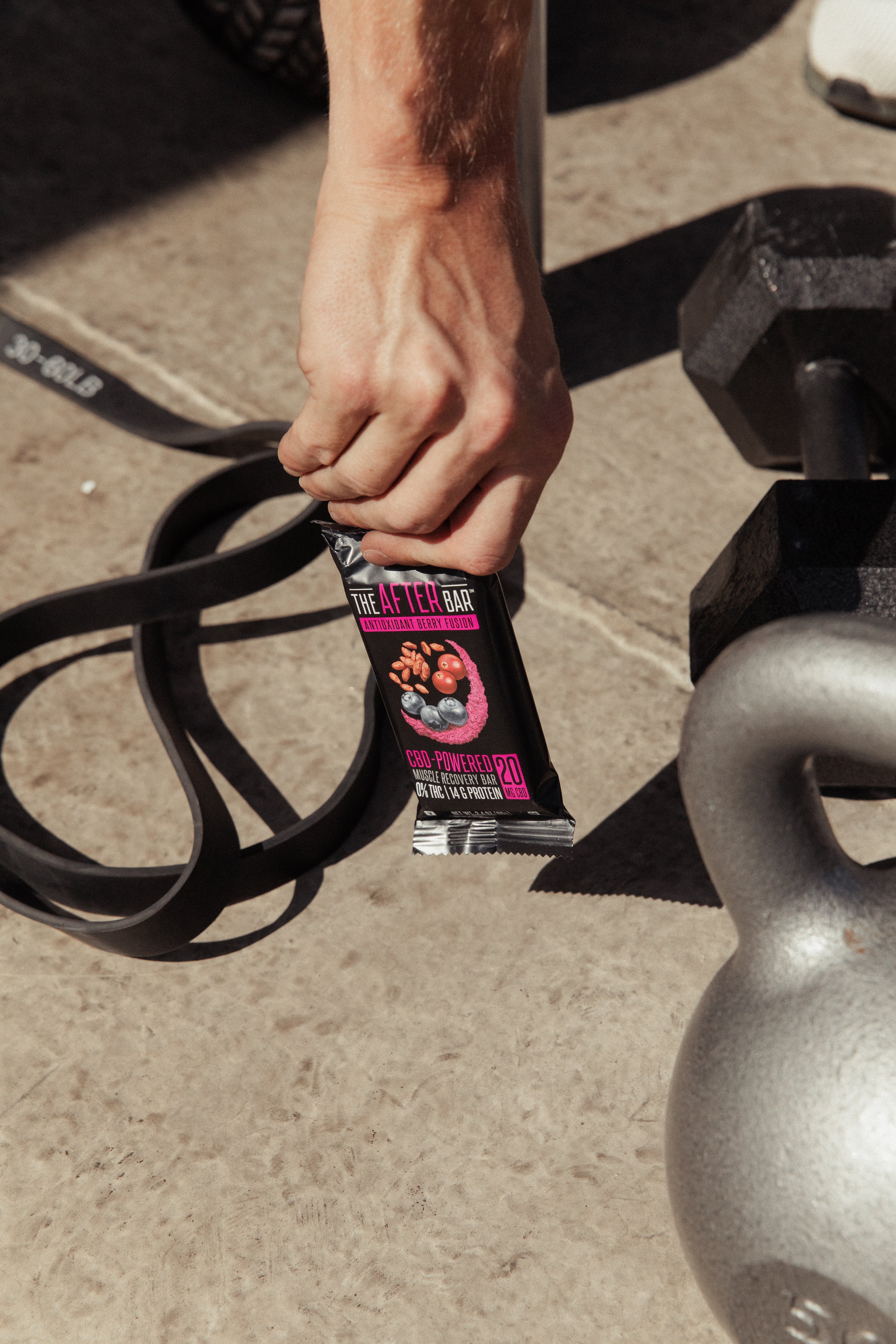

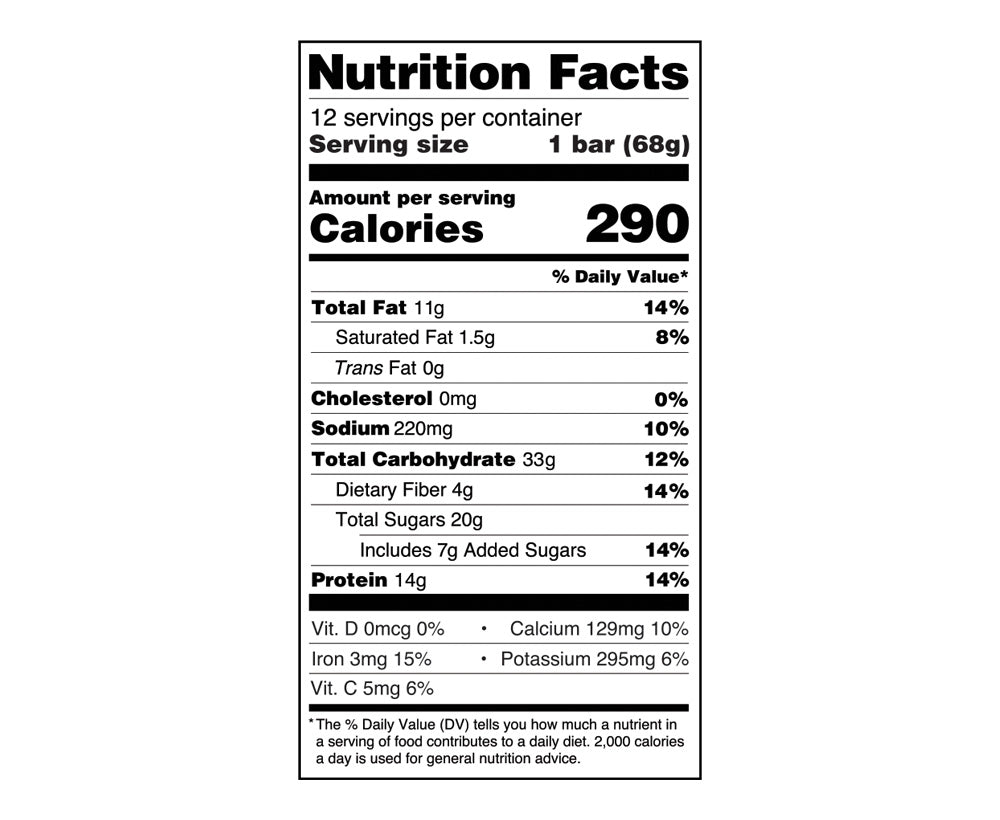
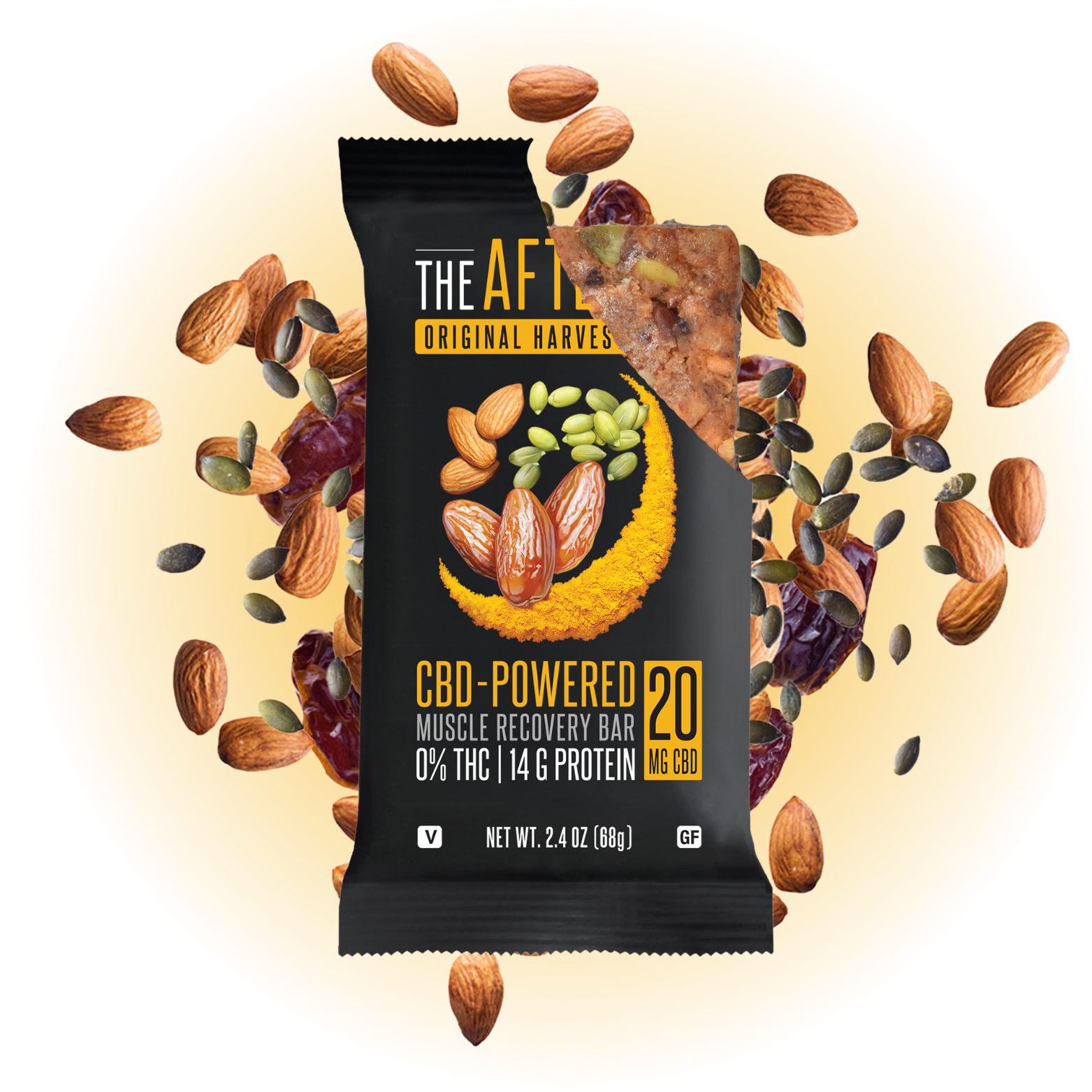

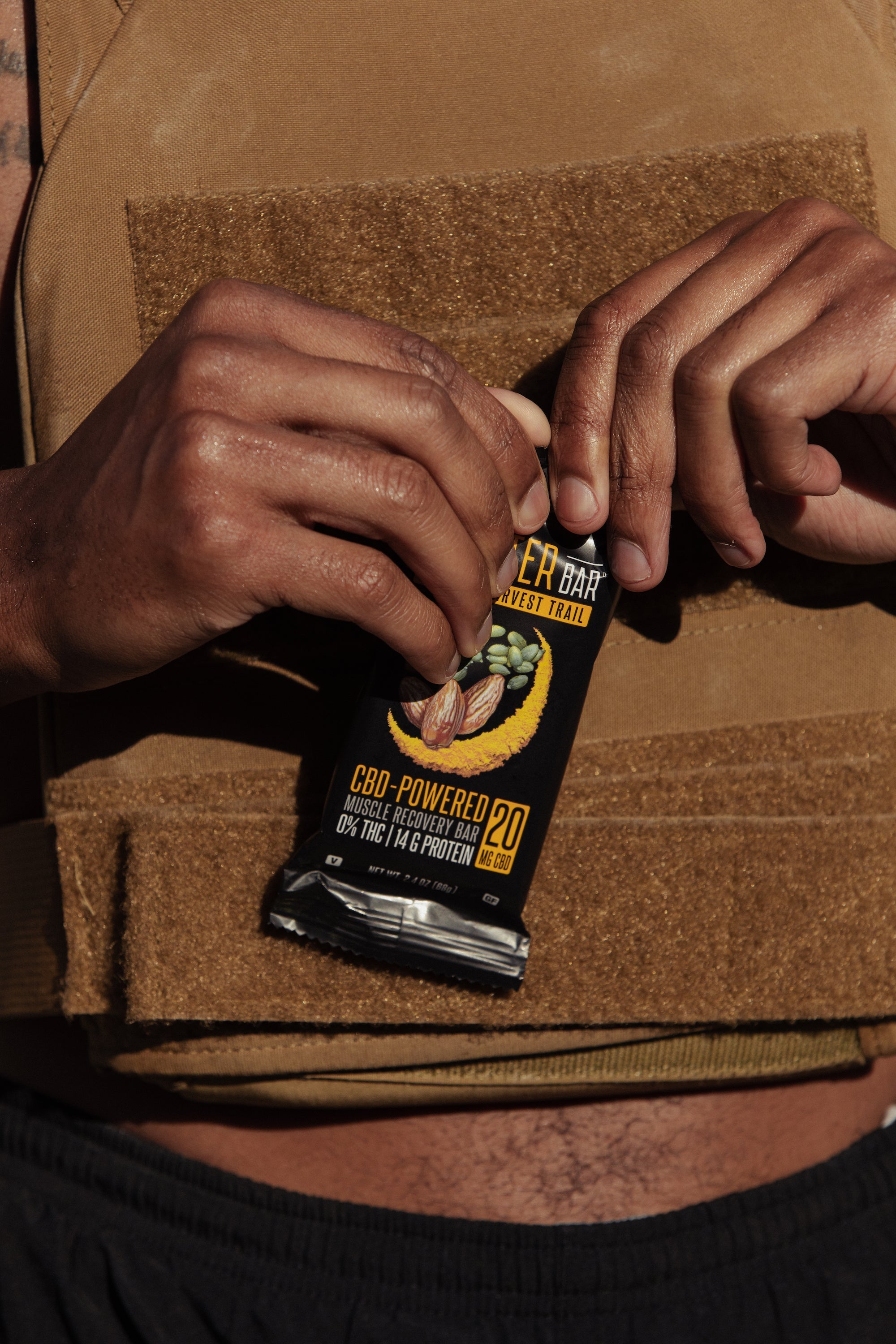
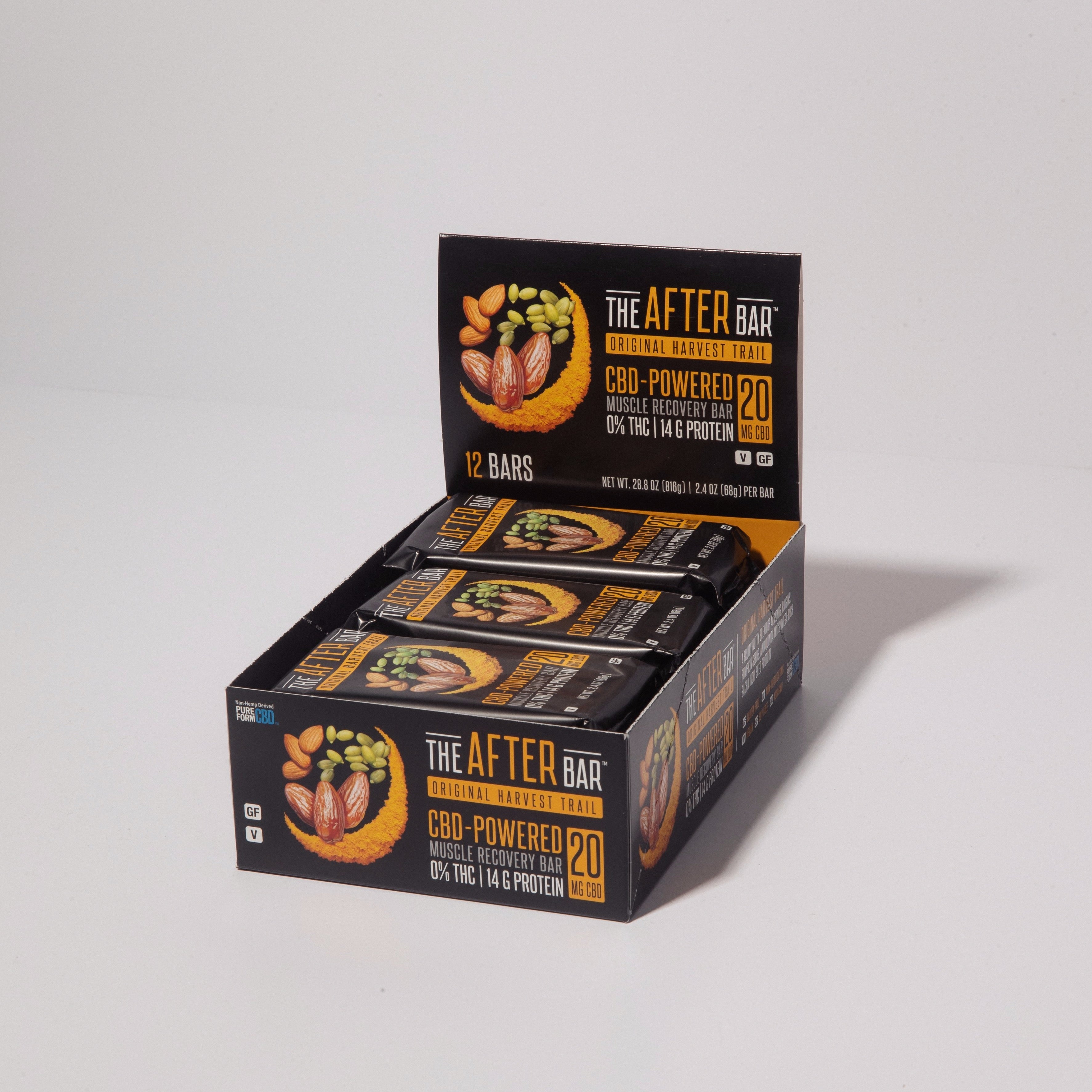
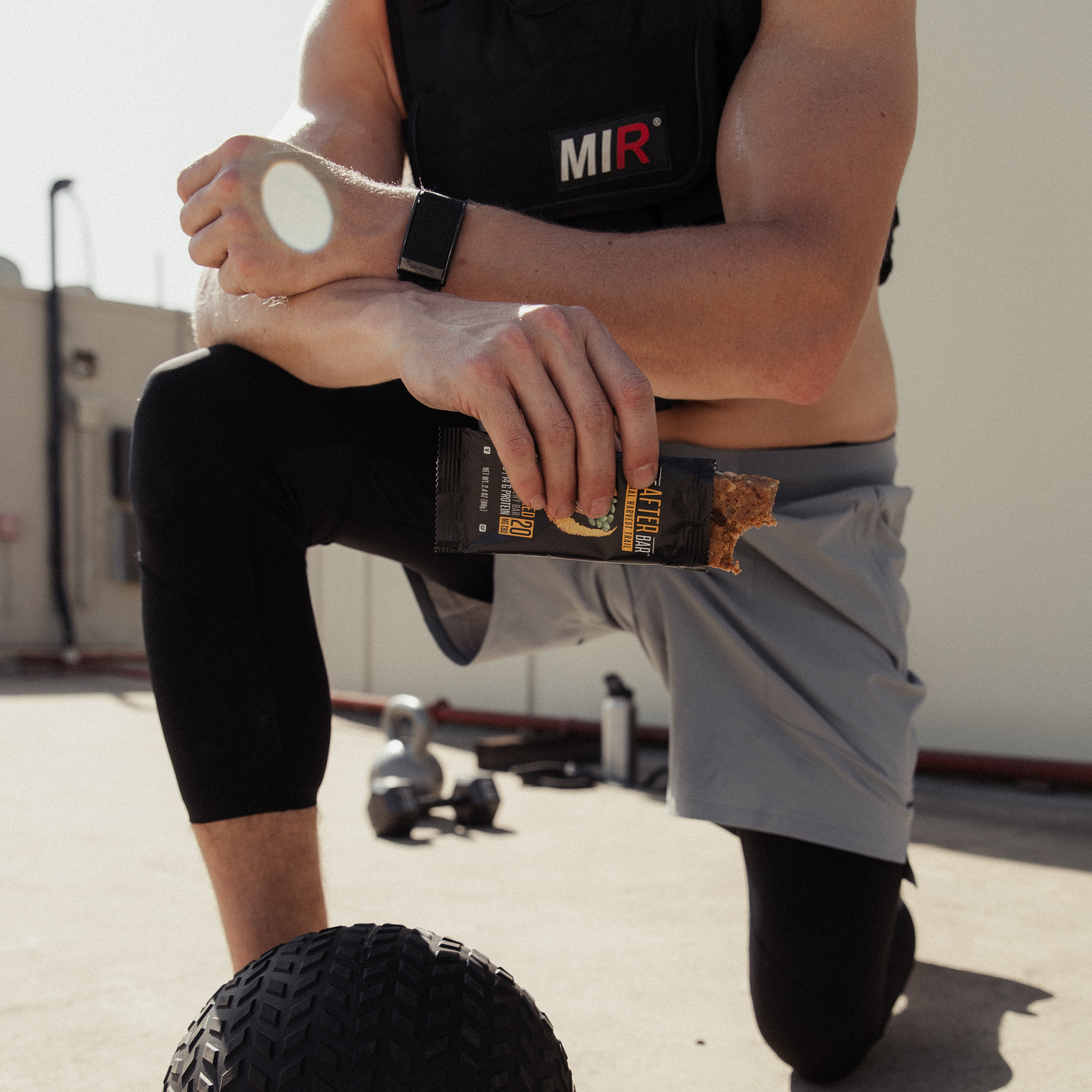
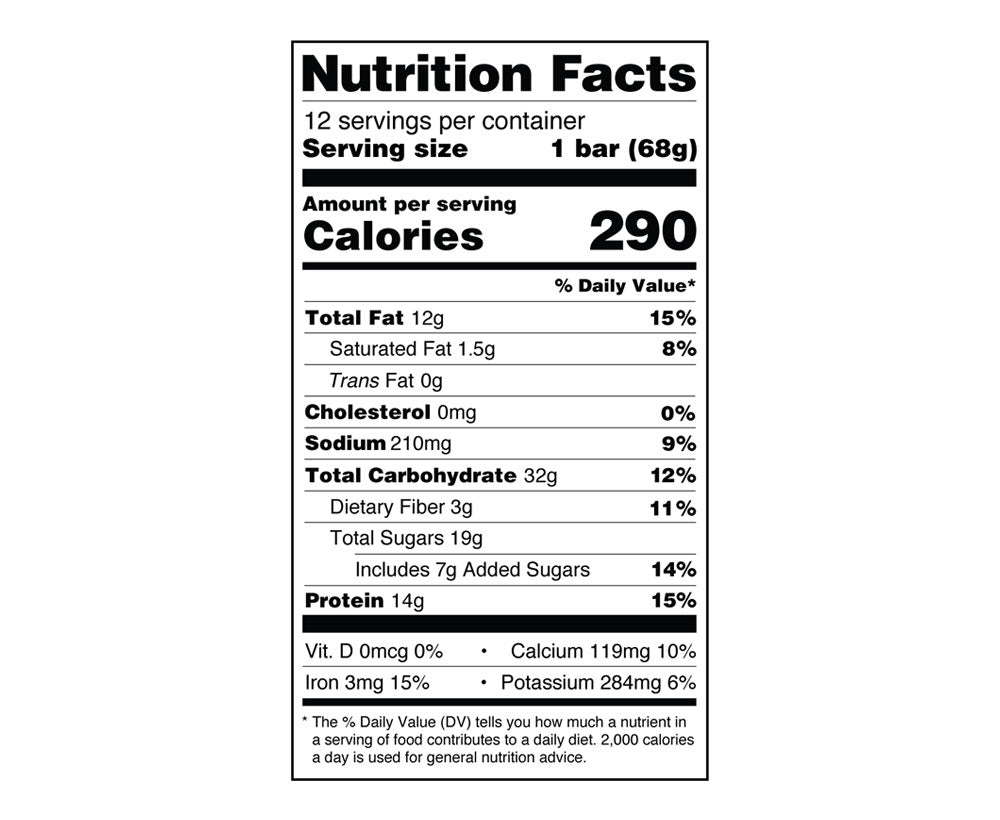
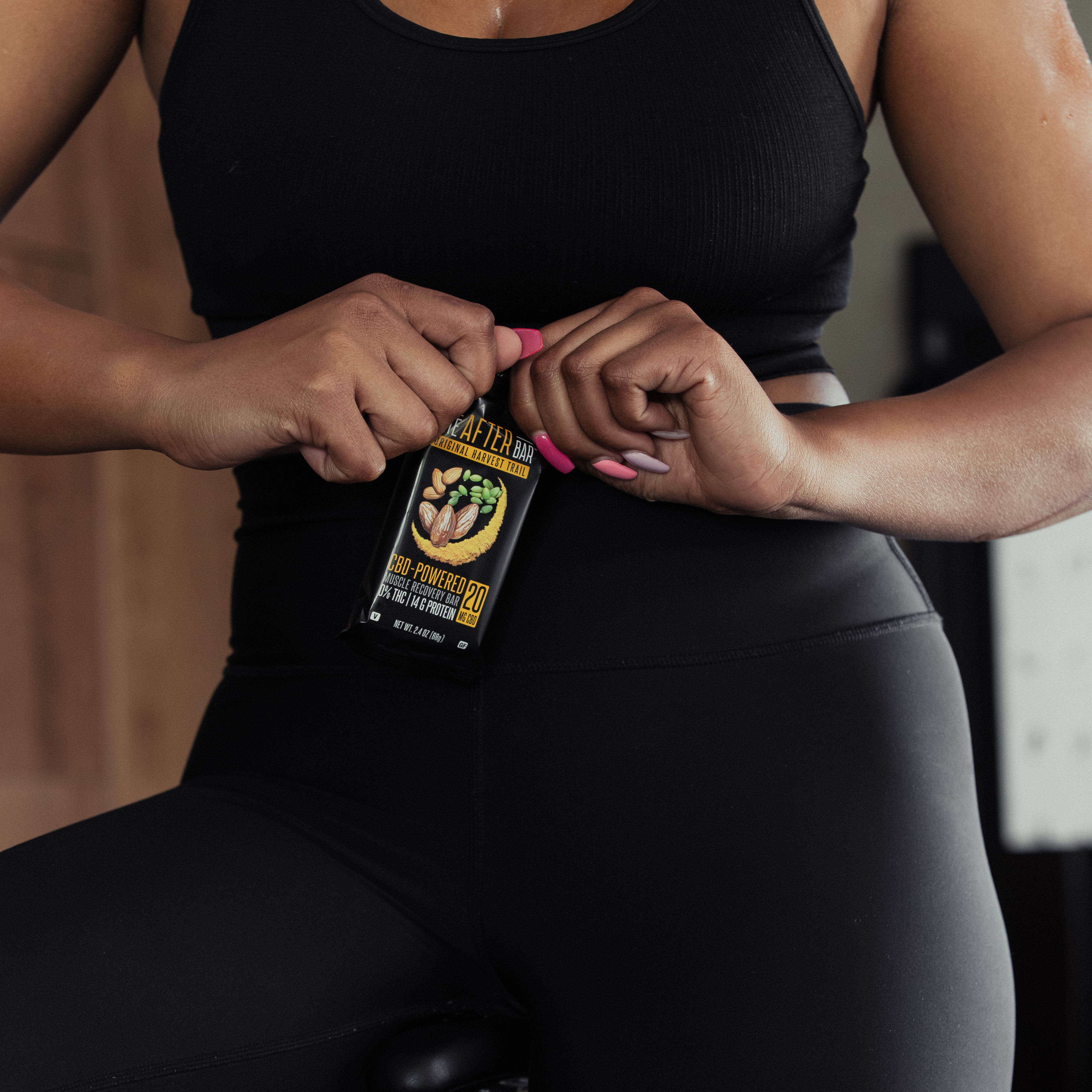
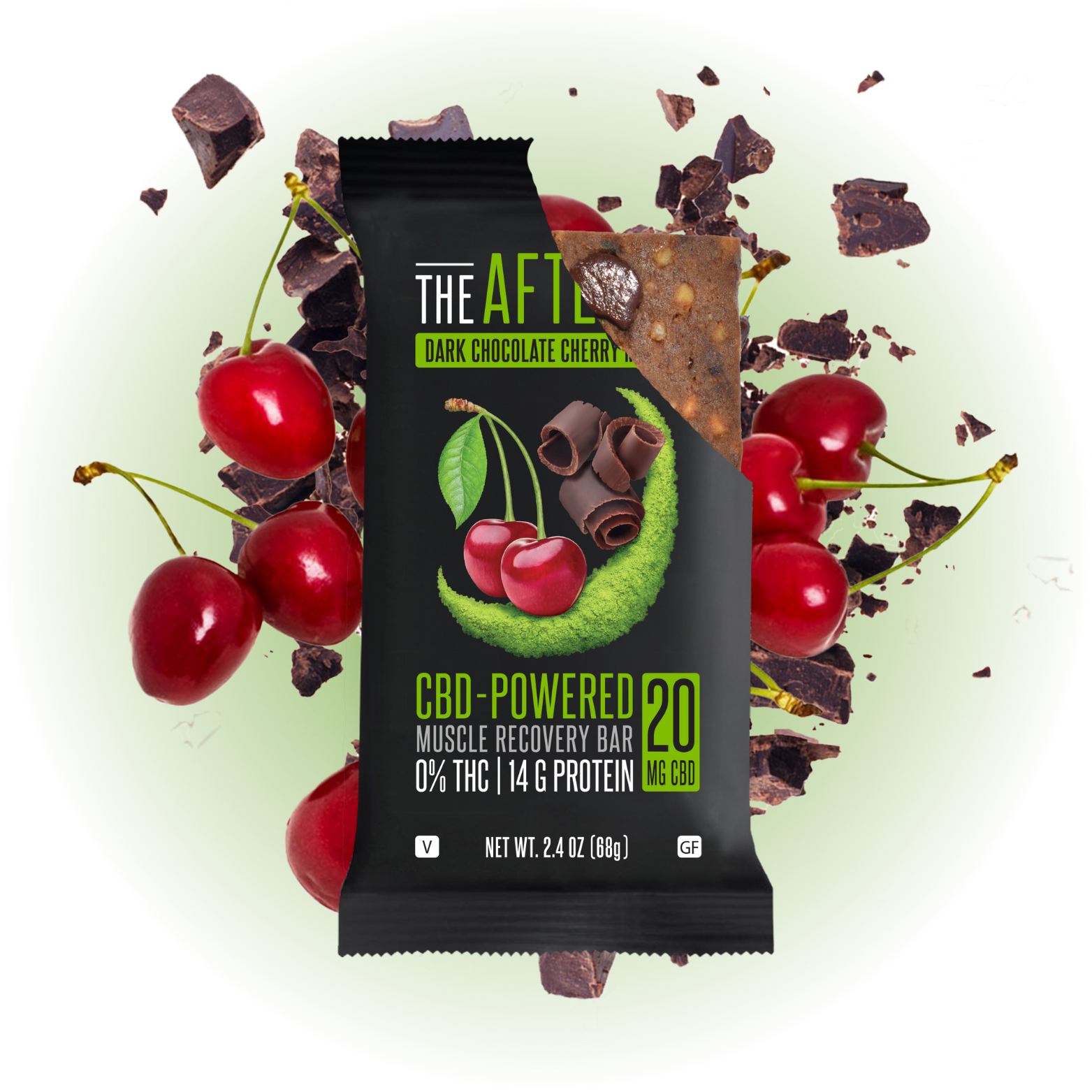

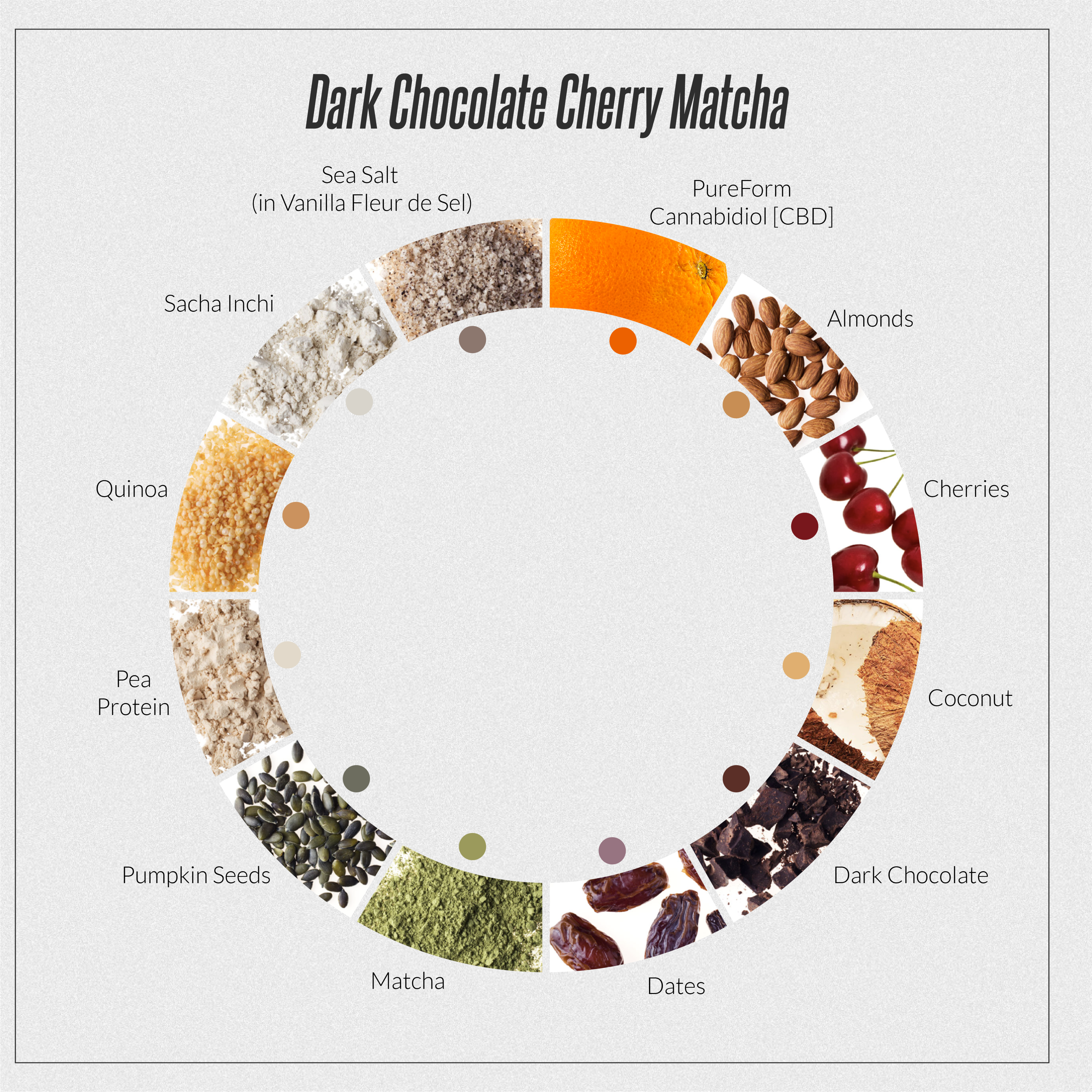
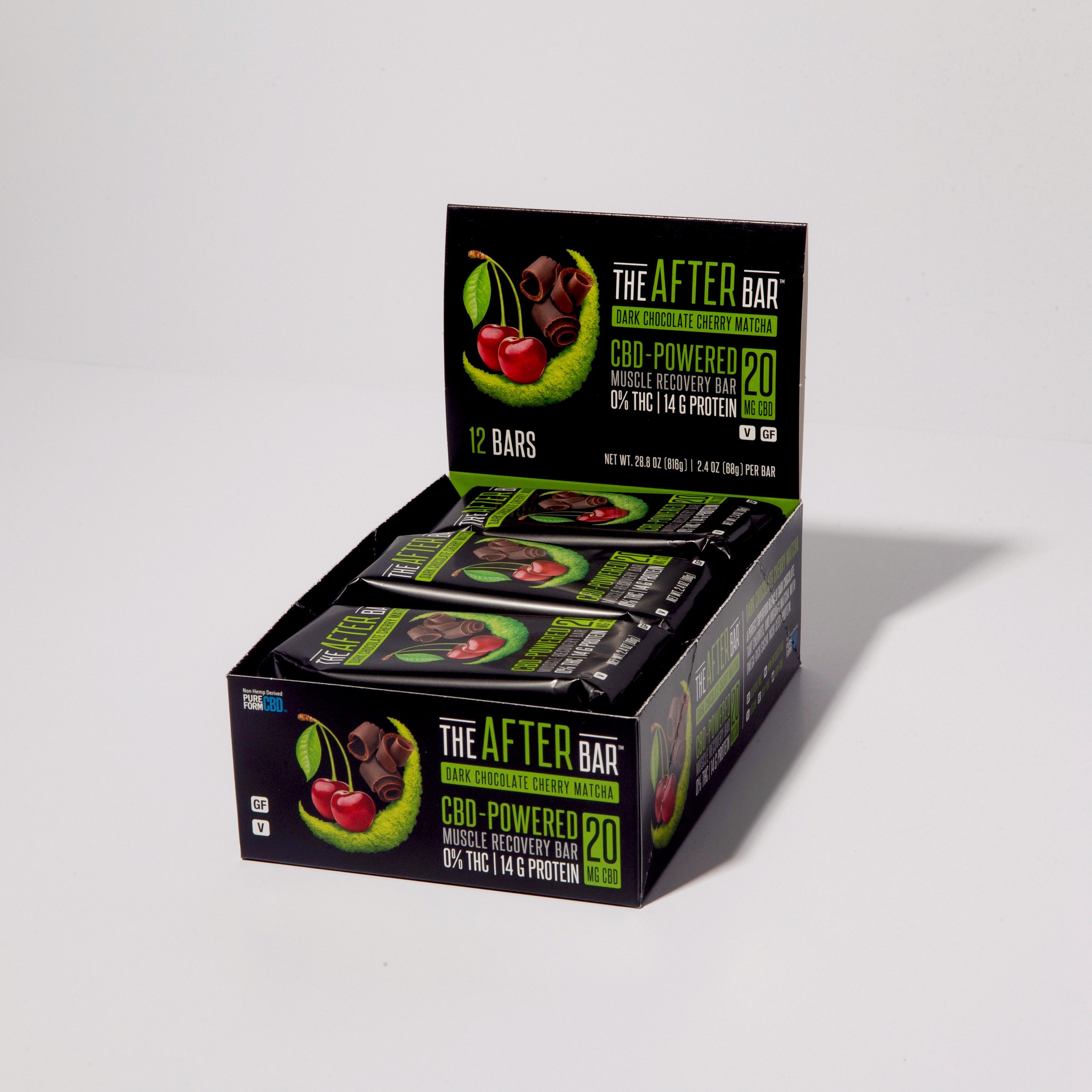
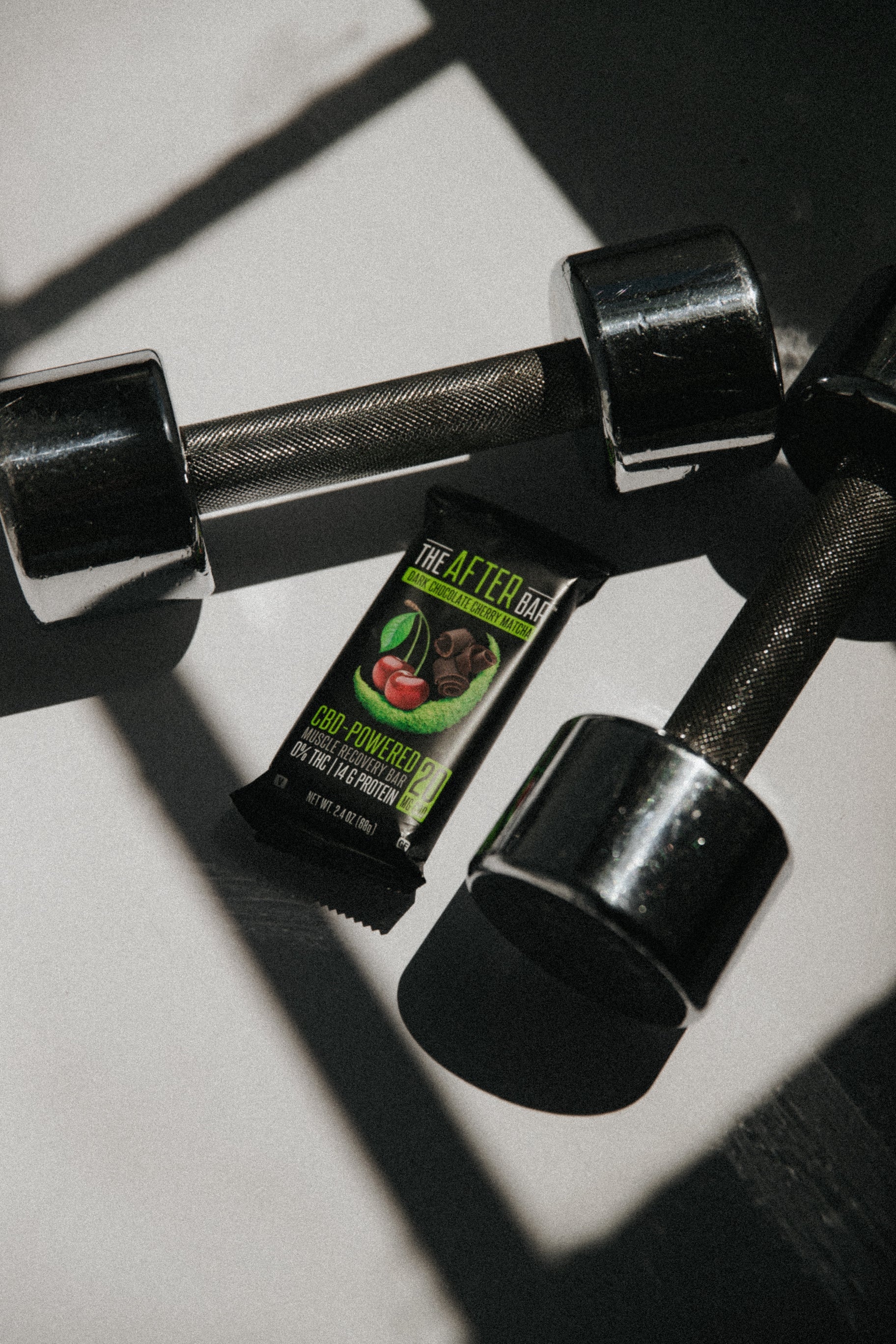
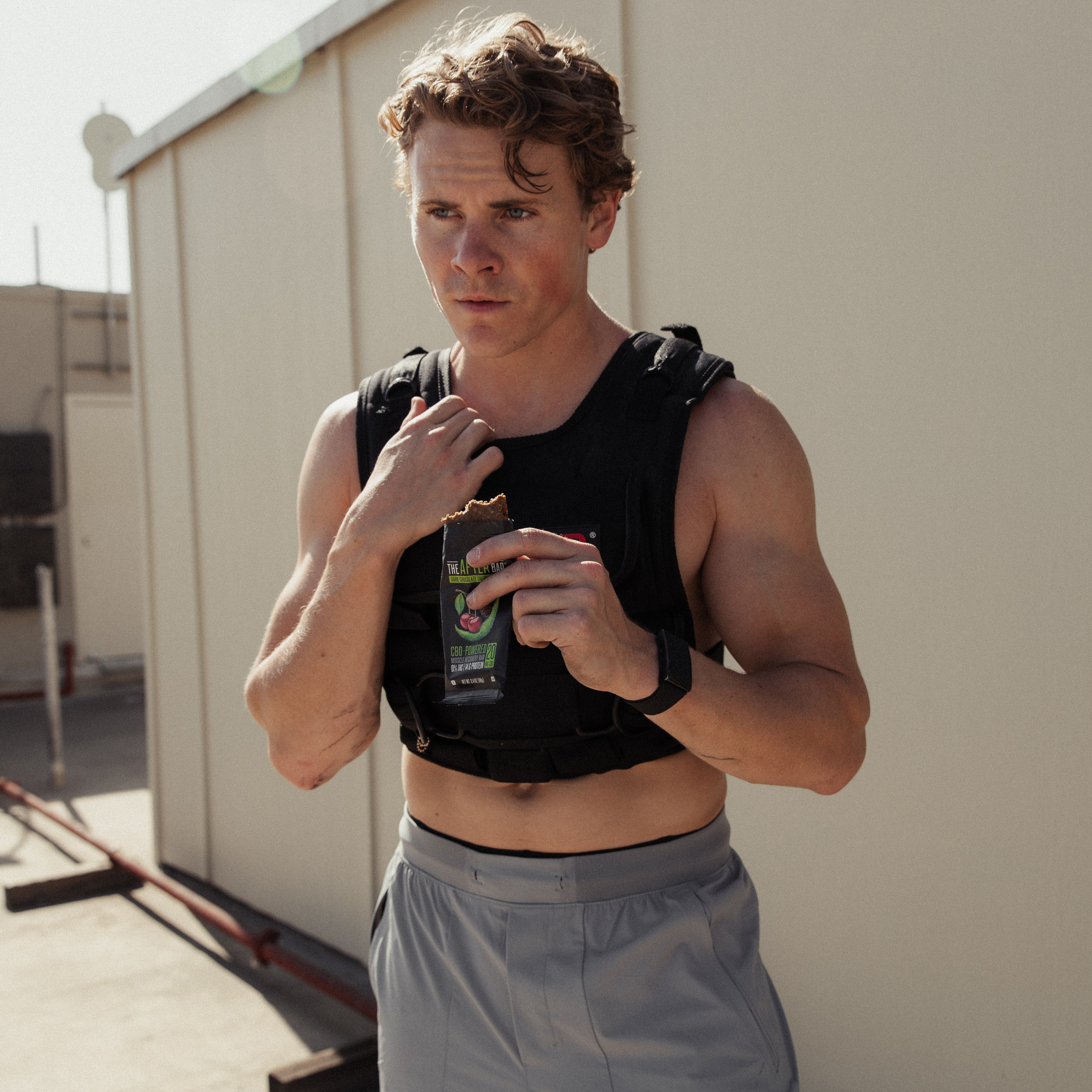
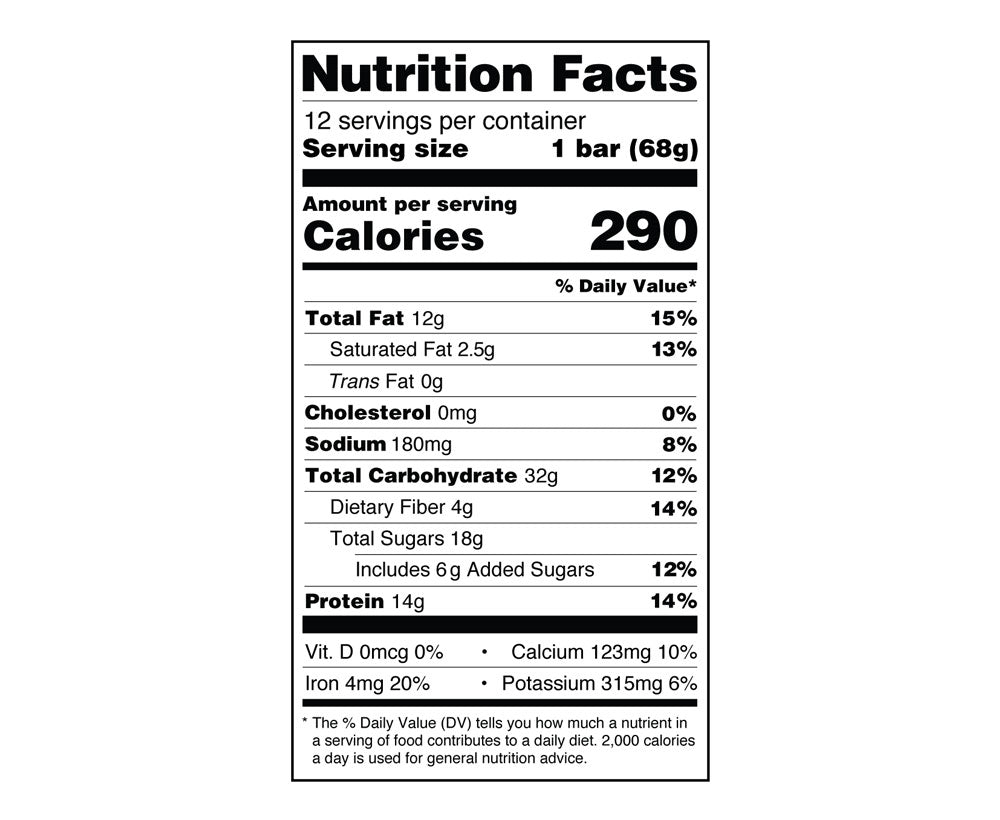



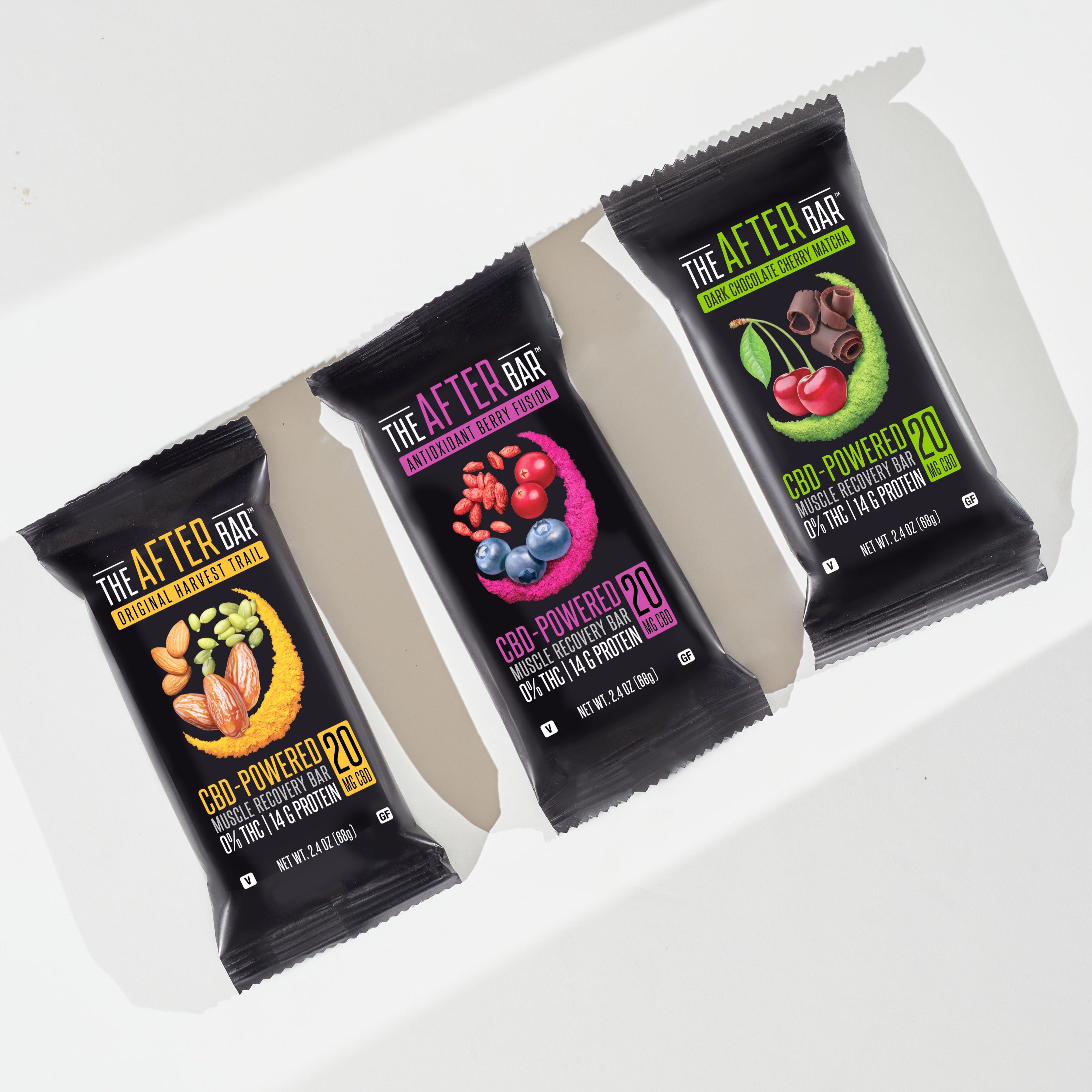
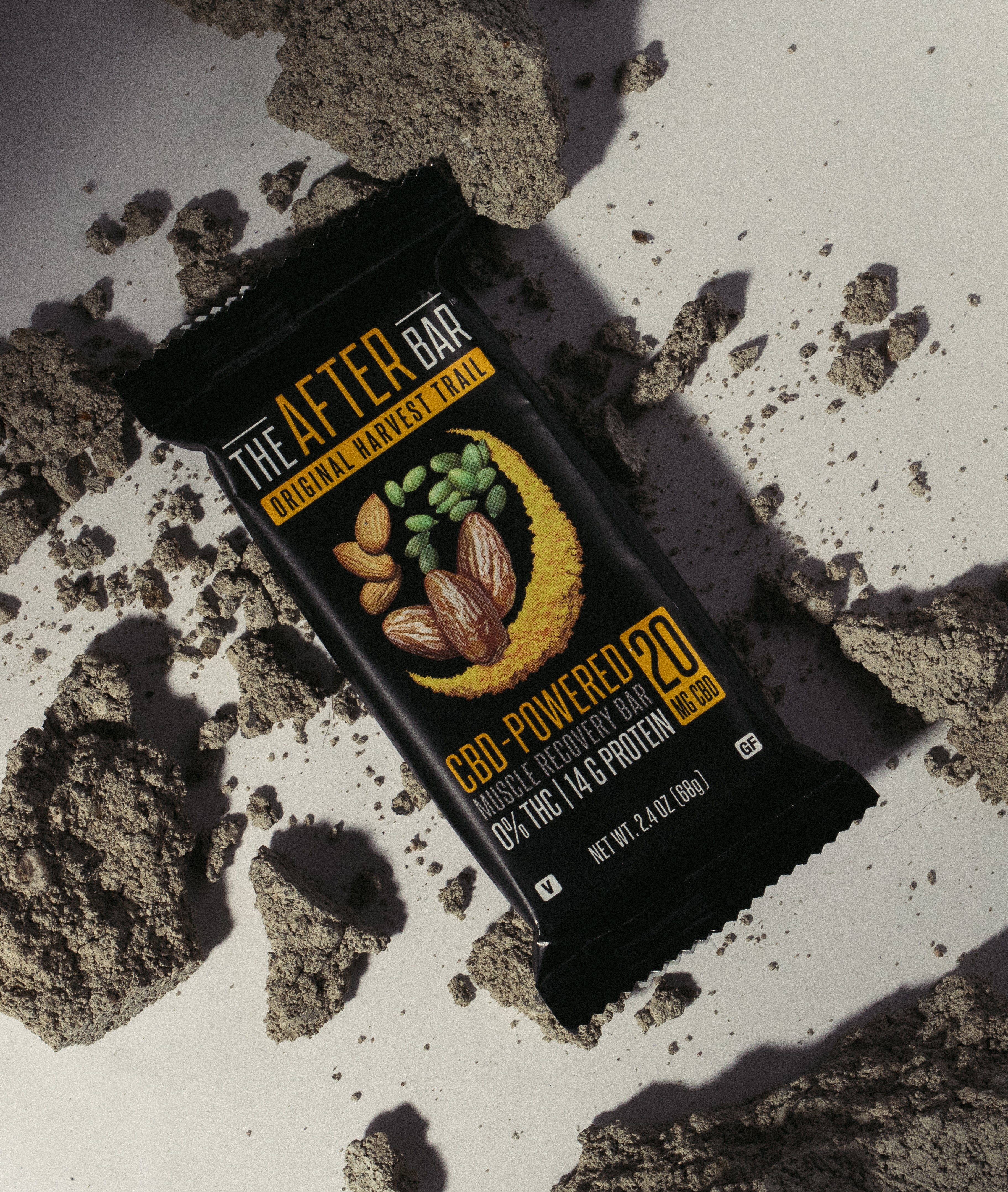
Leave a comment